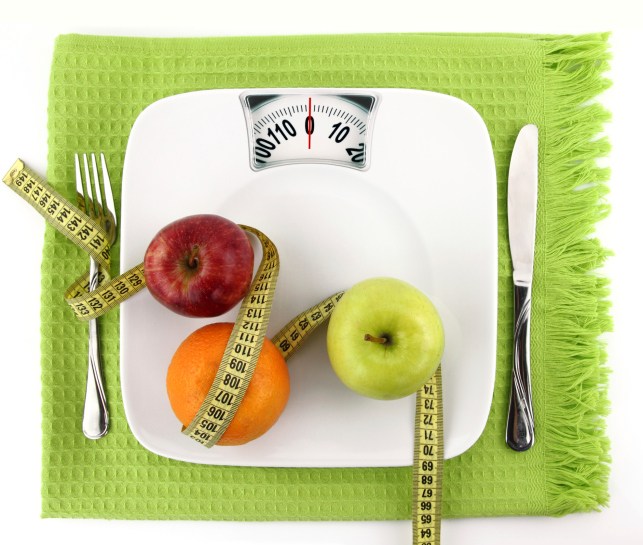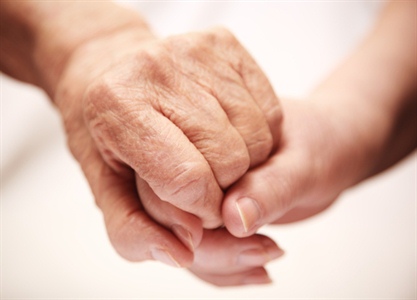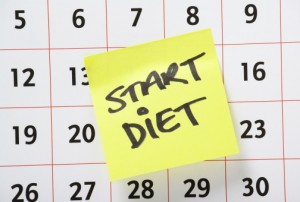What Is Fat?
Subcutaneous fat and intramuscular fat
You are desperate to get rid of it, but do you know what it is, or why you have it? Fat is of course totally natural and without it we would struggle to survive for more than a few days without food. It provides us with energy, protection and warmth. However, it is more than just a way for the body to store energy, it also helps to control hormones, which are essentially signals to switch bodily functions on and off – fat is an endocrine organ. For example, women who lose too much fat suffer from reduced fertility due to less estrogen being produced. Excess fat tends to lead to many health problems.
3 Types of Body Fat
There are 3 main types of fat that we are concerned with: subcutaneous fat which forms below our skin (like the thick fat found on the edge of steaks as seen in the photo), visceral fat which covers the internal organs (which gives rise to the idea of belly fat), and intramuscular fat which is within the muscles (as shown in the main joint of beef in the photo).
People who store more intramuscular fat sometimes mistake this for being fitter and stronger – in reality they are still unfit and overweight, they just hide it better! What’s more, intramuscular fat is linked to increased risk of diabetes. On the plus side, intramuscular fat can be used as an energy store when exercising.
Why fat is stored in different places is not something we will cover here. Let’s focus on how fat is formed and how it is broken down again.
Some Human Biology
In human biology fat is called adipose tissue. Fat is a compound which consists of triglycerides (triacylglycerols, TAGs) which are formed when a molecule of glycerol combines with 3 fatty acids.
Glycerols come from the break down of fats in the gut during digestion. It is an energy source, along with glucose, amino acids and fatty acids. While glycerols are derived from dietary fats, the human body can also convert glucose into glycerols. These glycerols are then combined with fatty acids to produce TAGs.
This is the vital stage of fat formation – we have excess fatty acids, glycerol and glucose in the body, or more accurately, circulating in the blood stream, after eating too much food.
When glucose levels are high the body reacts by producing the hormone insulin. Insulin provides a means for glucose to be removed from the blood by transporting it into the muscle cells to store it as glycogen (the muscles use glycogen as energy when we exercise), and into the liver where it is converted to glycerol. Once converted to glycerol it can then combine with fatty acids to be stored as fat / adipose tissue. Insulin also reduces breakdown of fat into fatty acids and glycerol, so even if you exercise a lot, a diet high in sugar may not result in fat loss. This is why a low GI diet aids weight loss.
Fat In A Nutshell
So to recap, when we eat food, it is broken down into glycerols, fatty acids, glucose, amino acids. When we eat too much, blood sugar levels remain high and this triggers the conversion of glucose into glycerols (in the liver) which are stored as fat – and we get fatter.
These fats are accumulated all over the body – under the skin, around the internal organs and within the muscle tissue. Where we store fat first is determined largely by genetics – some people store more visceral fat, others more subcutaneous fat on the hips, others more fat on the chest. What unites everybody is the simple fact that eating too much leads to more fat – genetics can only control where it is stored, not if it is stored.
How To Breakdown Fat
The key to losing weight is to reverse this process; to cause the body to need to breakdown the TAGs in the adipose tissue to release its energy. The only way this will ever happen is if the body energy supplies are used up – no glucose, amino acids, fatty acids in the blood or glycogen in the muscles.
In the same way that the body triggers the production of fat when blood sugar levels are high, it also triggers the breakdown of fat when blood sugar levels are low. So lowering blood sugar levels can cause fat loss. The process is: low blood sugar levels triggers a release of the hormone glucagon, which removes TAGs from fat storage to break them down into the glycerols and fatty acids. The glycerols are then converted back into glucose by the liver, by a process called gluconeogenesis.
This happens quicker when the glucose supplies stored in muscles (as glycogen) have also been depleted – which is why exercise aids faster weight loss.
So, to breakdown fat efficiently, you need to eat less food (run a calorie deficit) and exercise to “burn up” your glycogen reserves. This leaves your body with one option – breakdown your fat for energy.
Note – this is a simplified explanation of the biological and chemical processes at play in the human body. However, the principals are central to gaining and losing weight.
-
Gynexin – Advantages Of This Supplement
Do Gynexin Reviews makes you think that this product does truly w
-
Straightforward Work Out Routines To Lose Weight In A Week
Work out routines should be deliberate out properly, if your goal is
-
Lose Weight And Save
Many of us have the same reasons for wanting to exercise and lose weig
-
Healthy breakfast ideas for weight loss
It is a fact that breakfast is the most
-
Getting Fit: Tips And Tricks For Losing Weight
Don’t give up on your weight loss goals. You have access t
-
What is Hoodia?
What is Hoodia? Hoodia gordonii, Whoo De AH, is the scientific nam
- DON'T MISS
- Low Carb Diets Are They Safe
- 5 Simple, Effortless Ways To Lose Weight
- The Secret Weight Loss Plan
- Winning The Valentines Day Diet Challenge
- How Do Weight-reduction and Weight Loss Teas Work in Helping You Get Rid of Extra Pounds?
- Help Kids Say No to Healthy Diet Sabotage
- Inner Health and Chiropractic
- Getting Started With A Low Carb Diet
- Website With List Of Top Health Products
- The way to Accomplish Physical Along with Psychological Conditioning ( space ) Your 2nd In the Effective Series!




